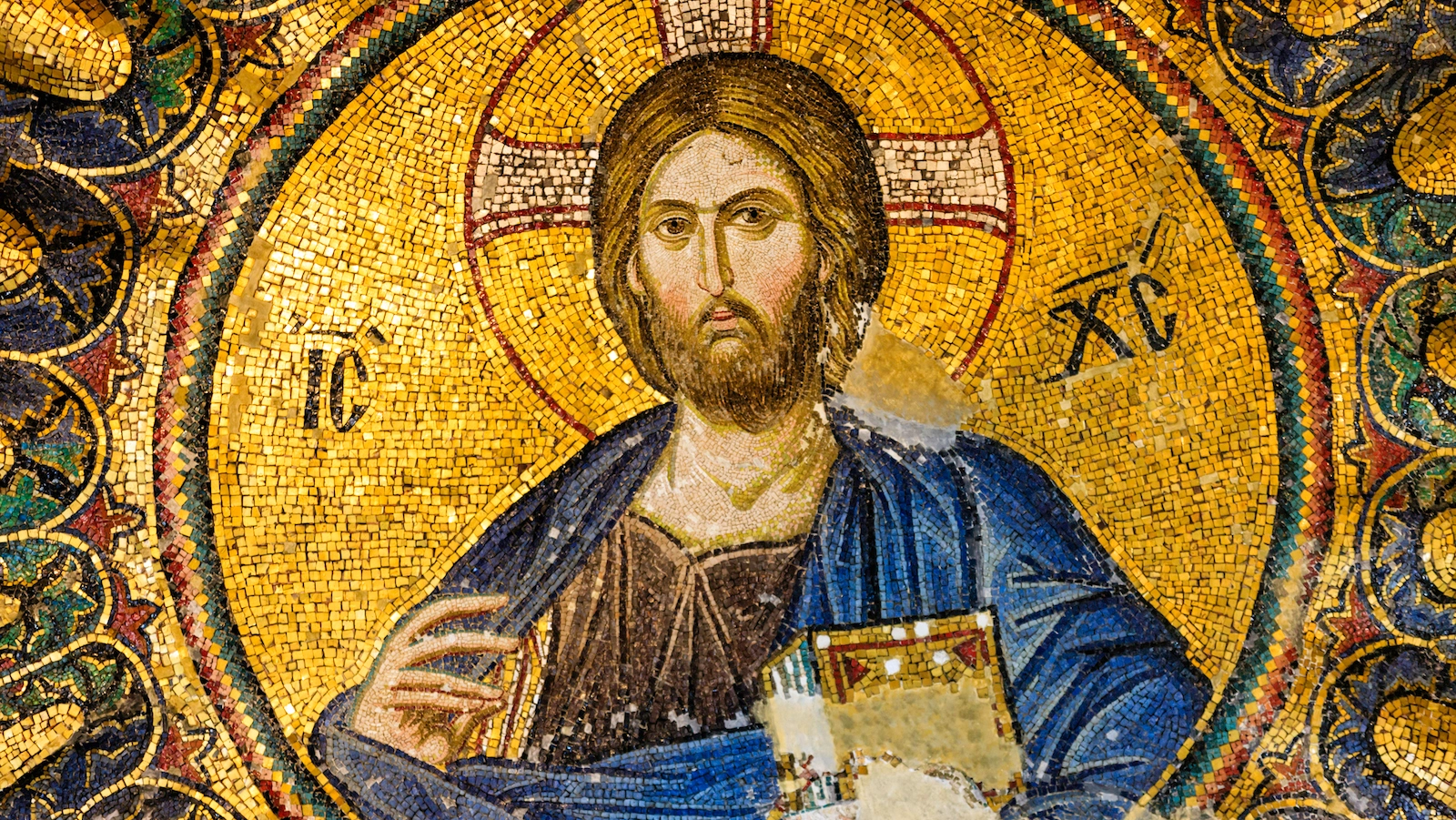Around the end of February, millions of Christians worldwide observe a season of Lent.
In equal parts celebration and preparation, participants in Lent commonly give up something for the 40 days preceding Easter – think coffee, alcohol, video games, etc.
These 40 days reflect the 40 days and nights Jesus spent in the desert after his baptism, during which the Devil tempts him (Matthew 4: 1 – 11).
Lent – and Easter more generally – may be distinctly Christian festivals, but it’s closely related to the Jewish Passover festival – the celebration of God bringing his people out of Egypt.
For example, the prevalence of the number 40 is shared – the Israelites spent 40 years wandering the desert following 400 years of enslavement in Egypt.
The frequent coinciding between Passover and Easter is another joinder – indeed, Jesus was executed mere hours before the Passover began.
None of these parallels should come as a surprise though, because Jesus, the central figure of Christianity, was a quintessentially Jewish figure.
A New Jewish Sect
Christianity was initially seen by Jews and Gentiles alike as a Jewish movement, emerging from a Jewish sect known as the “Baptisers”.
“(Baptisers were) a small group with nothing to do with modern Baptists in the Christian sense,” said Old Testament scholar George Athas, speaking on Undeceptions.
“These ancient Jews were a kind of reform movement that popularised the one-off bathing ritual as a sign of renewal, of beginning again.”
The Baptisers were just one of a number of different Jewish sects that existed in first-century Palestine – and initially were somewhat of a fringe movement.
By far the most dominant were the Sadducees and Pharisees.
Check out this awesome video that gives a quick – but helpful – overview of early Christianity, and how it split off from Judaism
Sadducees and Pharisees
The Sadducees were a priestly class, whose power centred around the temple in Jerusalem.
While they were very committed to the teaching on the first five books of the Old Testament (The Pentachuch) – according to Dr Athas they “put it on full blast” – they “dialled down” the Old Testament books of prophecy, which contained stinging critiques of the Priests.
The Pharisees, meanwhile, began as a lay movement with a far greater connection to the “everyday” Jew.
They were, however, much more conservative when it came to cultural heritage, and in addition to the Law of Moses also developed an additional “Oral Law”. This became a major flashpoint between them and their Sadducee compatriots.
The Sadducees and the Pharisees are the most well-known Jewish sects today. In fact, Pharisaism was instrumental in the development of what would go on to become Orthodox Judaism.
Other groups such as the hyper-conservative, monastic Essenes, and the militant Zealots, also commanded considerable followings around this time.
It was in this cultural milieu that the Baptiser movement – led by John the Baptist – emerged, around 20 AD.
“The evidence that we have of (Baptisers) comes from largely the New Testament, as well as (Jewish historian) Josephus,” Dr Athas said.
“What we see is a movement that calls people towards personal piety, but not just simply in the way that the Pharisees advocated.
“It was arguing about how neighbours should treat each other rather than what (they) should do behind my closed doors … so in that sense, I think it was (also) an ethical movement.”
The Bapitsers’ trademark practice of immersion in water symbolised both a “cleansing” of sin, as well as the ritual cleanness commanded by Old Testament law.
Interestingly, John the Baptist, who baptised Jesus himself (Matthew 3:13-17), is cast in the Gospels not just as a leader, but also as a mentor of Jesus.
“(Jesus) seems to have been educated in some kind of way, and that implies that he had teachers – the most significant one seems to have been John the Baptist”, Dr Athas said.
“In his adult life, He certainly was a disciple of John the Baptist.
“John is the prophetic figure and Jesus is the royal figure who will bring in the dawn of a new age for the Jewish nation.”
When Jesus commenced his own ministry, he continued the practice of baptism and instructed his followers to do the same (Matthew 28:19-20).

The baptism of Christ, depicted in the “Flemish Tapestry” (1515-1520)
Christianity by another name
Baptism is now synonymous with Christian conversion.
However, Dr Athas notes that at the time of Jesus, this practise – and the entire movement – wouldn’t have been seen as a new religion, but rather a new form of Judaism, albeit with a far more universal appeal.
“Initially … if Gentiles (non-Jews) wanted to be a part of the movement of the Messiah, they had to become Jews and worship the God of the Jews,” he said.
“But, the Apostle Paul was integral in arguing theologically that no, what Jesus had done had been effective for Gentiles as Gentiles.
“They could remain Gentiles and still worship God as full members of God’s people, and so the Jesus ‘movement’ starts to develop.
“It’s still largely a Jewish movement for most of the first century, but the appeal that the movement had for Gentiles, especially God-fearing Gentiles who would frequent synagogues … (was very) stimulating because it appealed to their philosophical tendencies.
“They saw the Jesus movement and it had a lot of appeal for them, especially because they didn’t have to be second-class citizens anymore.
“Jesus didn’t start a new religion. He brought the historic faith of Israel to completion, and the mind-blowing aspect of that is that it now encompassed Gentiles as well.”

Christian pilgrims are baptised in the Jordan River, the same place as Jesus’ famous immersion (NBC News)
A universal legacy
Christianity would have initially been seen as a Jewish renewal movement – and it is highly unlikely it would have been called “Christianity” at all.
It wasn’t until the Gospel spread beyond Jewish lands that the term “Christian” appeared in the Biblical vernacular for the first time (Acts 11:26).
Eventually though, after much political turmoil, culture wars, and a devastating actual war between Jews and the Romans (known as the Jewish Revolt) which saw the destruction of the second temple, Judaism split off from “Baptiser Judaism”, solidifying the differences between Judaism and Christianity.
However, Christianity is far from an “enemy” of Judaism.
Rather, it spawns from millennia of Jewish tradition.
From this emerges Jesus whose distinctly Jewish movement takes a universal shape.
“Jesus’ ministry, his death, and his resurrection was something so grand that it affected the human condition, not just the Israelite condition, and that’s why Christianity is now a global juggernaut and not just a Jewish movement,” Dr Athas said.
“Jesus himself was thoroughly Jewish … but he does something that is absolutely cosmic in scale.”
Adapted by Alasdair Belling, from Undeceptions episode 117 ‘Jewish Jesus‘ with George Athas

Want to be further undeceived?
Check out our network of podcasts and articles in the Undeceptions Library.











































